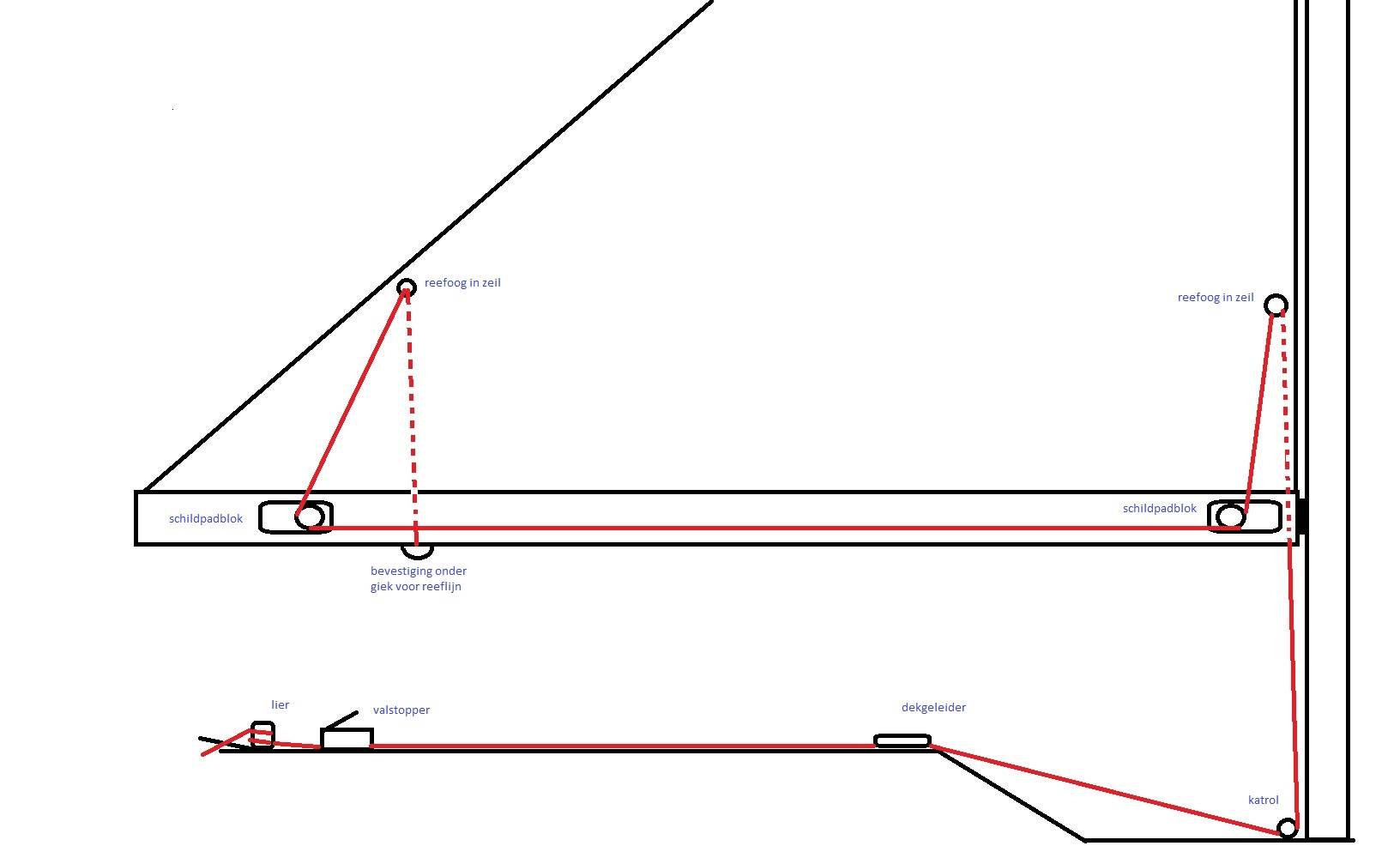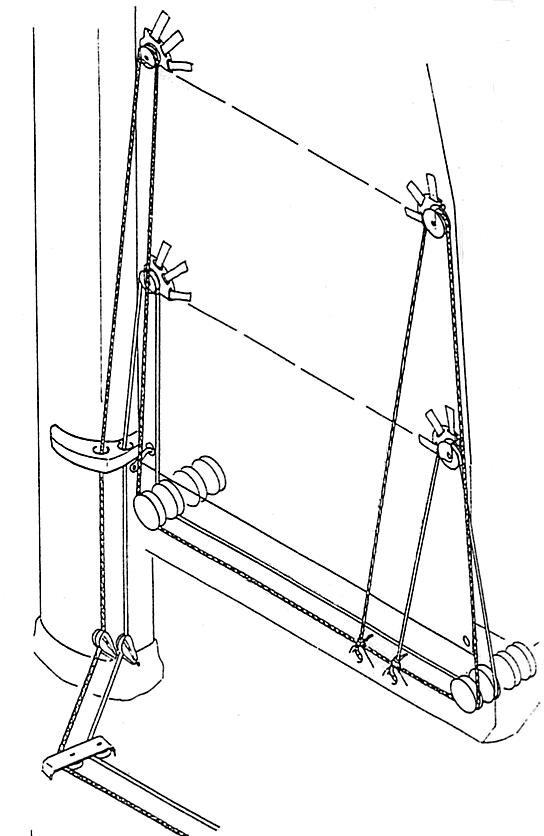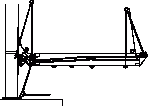monkfish24
Well-Known Member
This diagram is copied from my website, without acknowledgement. I developed it myself but it was then developed independently by Z-spars and registered to them. It is shown on their website. Selden were then forced to come up with their more complicated arrangement. I have used mine for nearly 30 years on two boats.
Sorry vyv_cox, acknowledgment given.



